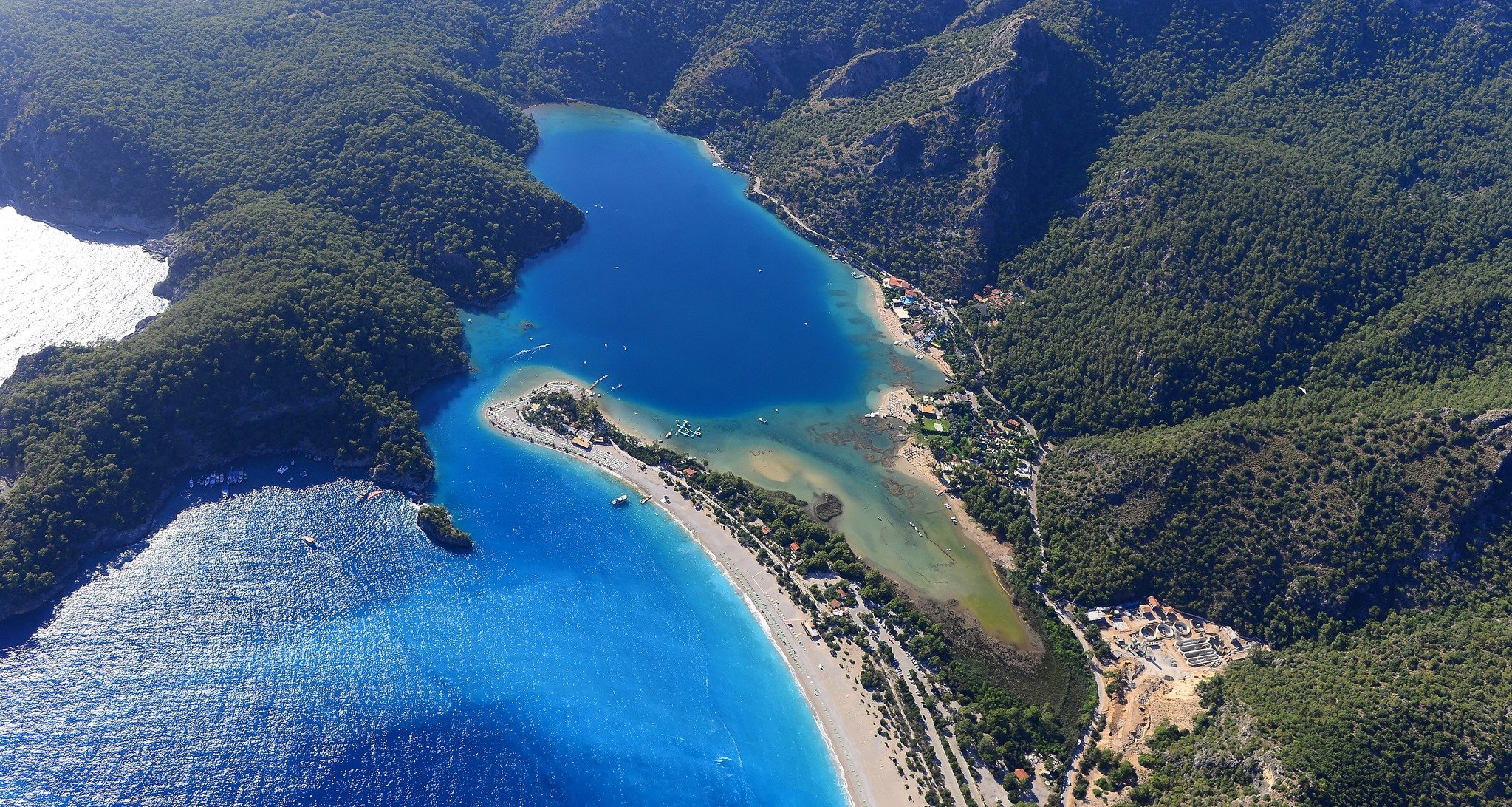
Like Ölüdeniz, the name Belcekiz is based on a legend. In ancient times, ships passing through these places anchored in the open and came to the shore by boat to get drinking water. One day, when the young, handsome son of an old captain goes to the bay to get water, he sees the beautiful Belcekiz. He is shot on sight.
The girl's heart is also on fire. But the boy has to take the water and return. The ship goes away. Belcekiz always watches the shore and her lover. The lad also comes to take water every time the ship passes through these places. So they meet, they make love.
One day, as the ship passes by, a storm breaks out. The young man tells his father that there is a sheltered, pool-like cove here. The old wolf, on the other hand, knows his son's heartache. He thinks that he is willing to smash the ship to see his son's lover.
With the waves, the fight grows between father and son. Just as the ship is about to hit the rocks, the captain throws his son into the sea with a stroke of an oar and clings to the helm, and he sees the situation. The sea turns and enters a cove like a sheet. The boy dies there. Belcekiz, who is waiting for her loved one on the rocks, also throws herself from the rocks and dies. That day, the place where the girl died is called Belcekiz, and the place where the boy died is called Ölüdeniz. The sea, whose color changes according to the progress of the day, may be burning for a boy or a girl.
Oludeniz is a character name like stagnant lake. While the shores of Belceğiz struggle with waves on the stormiest days, only flutters occur in Ölüdeniz.
However, Oludeniz, which seems to be stagnant, renews itself almost every day for three invisible reasons. The first of these is the intense spring water outlets in Ölüdeniz, creating a current from inside to the open sea at the bottom. Secondly, there is a continuous circulation in and out of the open sea due to the salt difference created by these spring waters. Third, the sea rises and falls an average of half a meter every two or three days with the effect of tide. This provides a large amount of sea water inlet and outlet.